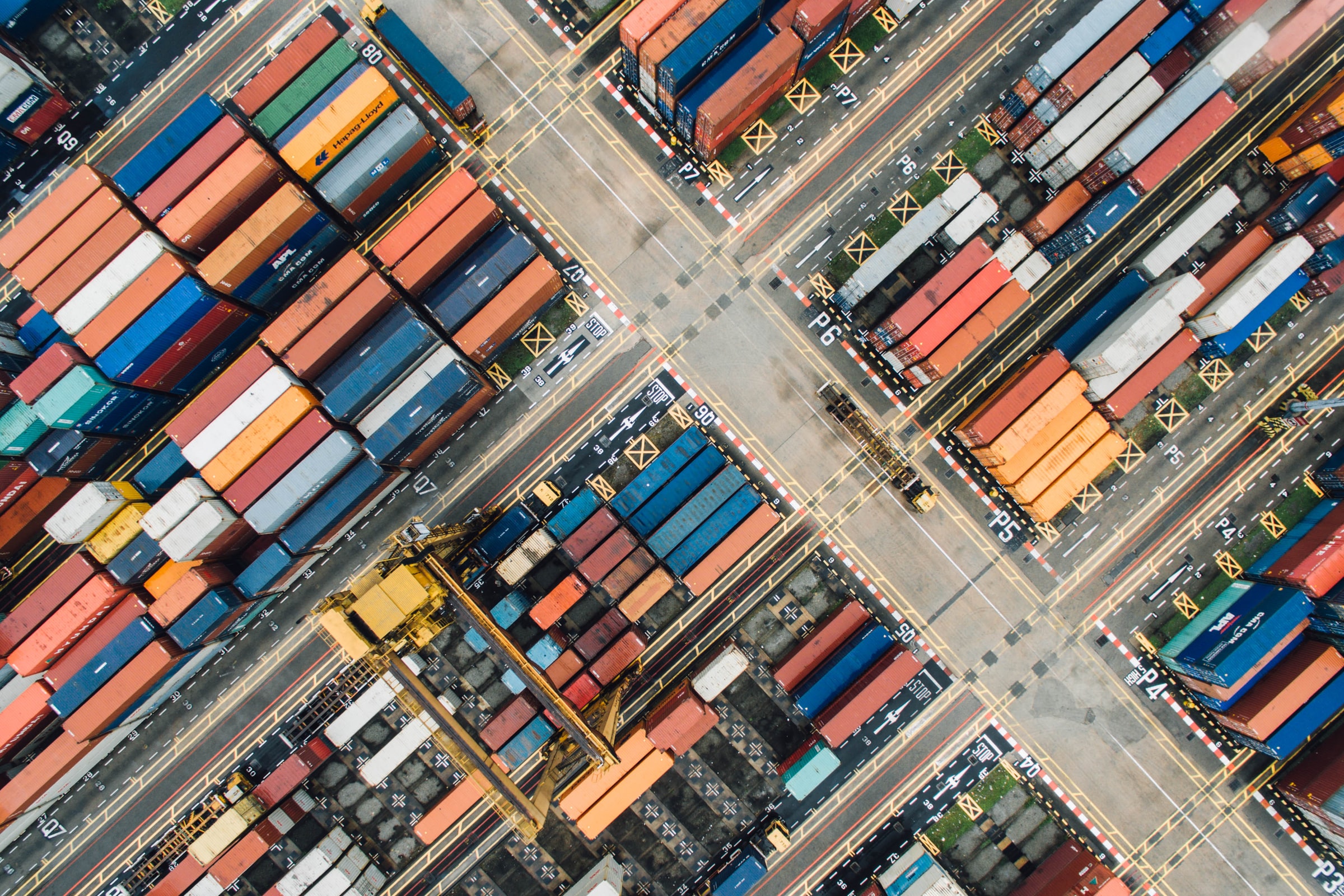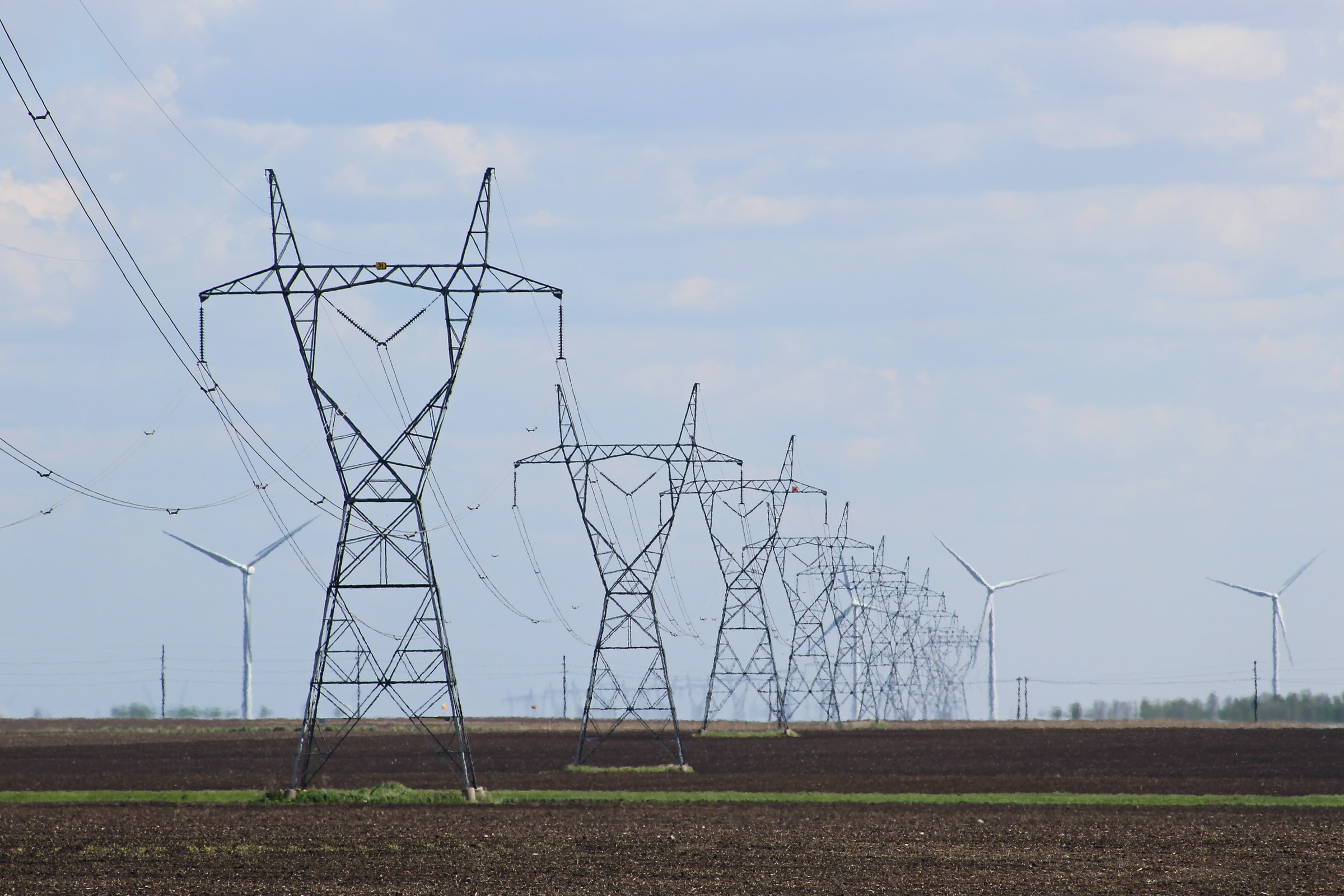To Enable the Clean Energy Future, Electric Transmission Planning Needs an Upgrade

To Enable the Clean Energy Future, Electric Transmission Planning Needs an Upgrade
The electric transmission system is the backbone of the electrical grid. Expanding the transmission system is a critical component of reaching net-zero carbon emissions by 2050 and an 80% clean electricity sector by 2030, but this expansion will require significant reforms to currently uncoordinated grid planning processes.
-
Zozmann, Elmar, Leonard Göke, Mario Kendziorski, Citlali Rodriguez del Angel, Christian von Hirschhausen, and Johanna Winkler. 2021. “100% Renewable Energy Scenarios for North America—Spatial Distribution and Network Constraints” Energies 14, no. 3: 658. https://doi.org/10.3390/en14030658
-
Liza Reed, Michael Dworkin, Parth Vaishnav, M. Granger Morgan, “Expanding Transmission Capacity: Examples of Regulatory Paths for Five Alternative Strategies” The Electricity Journal, Volume 33, Issue 6, 2020, 106770, ISSN 1040-6190, https://doi.org/10.1016/j.tej.2020.106770.
-
Mojtaba Moradi-Sepahvand, Turaj Amraee, “Integrated expansion planning of electric energy generation, transmission, and storage for handling high shares of wind and solar power generation” Applied Energy, Volume 298, 2021, 117137, ISSN 0306-2619, https://doi.org/10.1016/j.apenergy.2021.117137.
-
Fell, Harrison, Daniel T. Kaffine, and Kevin Novan. 2021. “Emissions, Transmission, and the Environmental Value of Renewable Energy.” American Economic Journal: Economic Policy, 13 (2): 241-72. DOI:10.1257/pol.20190258
-
Brown, Patrick R., Audun Botterud, “The Value of Inter-Regional Coordination and Transmission in Decarbonizing the US Electricity System’ Joule, Volume 5, Issue 1, 2021, Pages 115-134, ISSN 2542-4351, https://doi.org/10.1016/j.joule.2020.11.013.
-
Mai, Trieu, David Mulcahy, M. Maureen Hand, and Samuel F. Baldwin. “Envisioning a Renewable Electricity Future for the United States.” Energy 65 (December 15, 2013): 374–86. https://doi.org/10.1016/j.energy.2013.11.029.
-
Mai, Trieu, and Ella Zhou. “Electrification Futures Study: A Technical Evaluation of the Impacts of an Electrified U.S. Energy System.” NREL.gov. National Renewable Energy Laboratory, May 2021. https://www.nrel.gov/analysis/electrification-futures.html.
-
Princeton University. “Net Zero America Project.” Net-Zero America, Princeton University, 29 Oct. 2021, https://netzeroamerica.princeton.edu/.
-
Piedmont Environmental Council v. FERC, 558 F. 3d 304, Feb. 18, 2009.
-
E&E News, & Storrow, B. (2021, November 9). “Power lines are infrastructure bill’s big climate win.” E&E News. Retrieved December 3, 2021.
Expanding the electrical transmission system is crucial to enabling a transition to clean energy on the timeline, scale, and cost that will be necessary to achieve our national emissions targets. The transmission system, a mesh of high voltage lines that run across the country, enables the movement of electricity from large energy generators to communities where that energy is consumed. But when it comes to interregional transmission—building transmission lines across long distances, different electric utilities, and multiple grid operating jurisdictions—we can’t seem to break ground. New research investigates roadblocks to transmission building, finding that ultimately, our ability to meet our clean energy goals will depend on upgrading the transmission planning process to be more coordinated, efficient, and forward-looking.
To understand the current state of the U.S. electric transmission network, it is important to first acknowledge its structure and function. As the backbone of the grid, the transmission network delivers high voltage power from large generators to local grids and industrial customers, acting as a highway system for electricity. When electricity arrives at a local grid, the voltage is reduced and is delivered to homes and businesses via the distribution network. Having a network of transmission lines allows for flexible operation of the power system and provides resiliency benefits, as power can be delivered from diverse energy resources via multiple lines.
Traditionally, these transmission lines have transported power from coal, natural gas, and hydroelectric generators to our population centers on predictable schedules. However, the clean energy future will demand more flexibility and geographical coverage from the grid. The current power system structure has served our electricity needs for decades, but the physical system, the processes that develop it, and the institutions that bind it, are built on an energy paradigm of centralized fossil-based electricity generation that will not exist in the future.
Recent modeling studies of the future power system from the National Renewable Energy Laboratory (NREL) and Princeton University have concluded that a high-renewables scenario will require a two to fivefold-increase in the capacity of the transmission system. Without a sufficient transmission network, electricity from fluctuating wind and solar resources may not match local energy demand, and these renewable generators will be forced to waste, or “curtail,” their power. As more transmission lines get built over a larger area, the power from these variable renewables has more places to go, and localized weather impacts that affect renewable generation become less impactful to the overall system. If the sun isn’t shining or wind isn’t blowing in one region, transmission allows energy to be imported from another. Therefore, transmission system expansion can reduce curtailment and improve reliability as we add new renewable resources. This expansion is crucial to making the energy transition economically efficient.
A recent study by Brown and Botterud, published in Joule, highlights the cost differences in a high-renewables power system at differing levels of transmission system expansion. Their findings show that as planning coordination and new transmission increase, total system costs decrease substantially, from over $110/Megawatt-hour (MWh) to under $80/MWh. Additionally, transmission buildout has environmental benefits, as detailed in Harrison Fell et al.’s research in American Economic Journal: Economic Policy. Using data from grid operators in the Midwest and Texas, the authors determined that expanding transmission between areas with high wind resource and areas with high electricity demand helps displace polluting fossil generation near population centers with cheaper, clean wind energy.
The future energy system demands an expanded transmission network. So why haven’t we built it yet? As is often the case in the world of electric transmission, the answer to that question is complex. Although U.S. utilities make investments in transmission every year, these investments have neglected interregional transmission, the type of lines that most directly enable low-cost renewables to dominate the power system. Research from Liza Reed et al. in The Electricity Journal found that the lines’ interregional nature further complicates transmission system expansion.
The first of these challenges is around local siting approval, the process by which the location of transmission lines is determined. Depending on the state, siting approval may rest with the state environmental agency, the state utility commission, or local authorities. The siting approval may be combined with or follow the application for a Certificate of Public Convenience and Necessity (CPCN), which is usually issued by the state utility commission. Approval through these processes usually involves public feedback periods that are not always limited in time and scope, allowing for drawn-out periods of project approval limbo. Lastly, holding a CPCN may confer the ability to exercise eminent domain, but does not guarantee avoidance of legal challenges brought to court by landowners, citizens groups, or incumbent utilities—which can take months or years to resolve. These court cases decide questions of approval authority, procedural adherence, and proper consideration of all costs and benefits of a transmission project. A transmission developer faces these hurdles in every state, and often in every county the line crosses. If any one piece of this permitting puzzle doesn’t fit, the line doesn’t get built.
Another crucial feature is how costs are allocated and permits are issued for interregional lines that are built between states. These lines need approval from each state utility commission. A state that doesn’t fall at the either end of an interregional transmission line (a “pass-through state”) may not directly receive economic benefits that come from providing electricity to one end of the line or consuming it at the other. Accordingly, a pass-through state’s utility commission may not approve the line on grounds that it does not directly benefit electricity consumers in that state. Benefits and costs are often narrowly defined on direct economic grounds as well, ignoring broader societal and environmental impacts. Projects often become stuck at an impasse between states that are not incentivized to coordinate with one another for the common good of the bulk power system.
There is no single answer on how to alleviate these issues. Local communities should have a voice in infrastructure development, and their environmental concerns must be investigated. Many local siting issues may be avoided by locating transmission on existing rights-of-way, like railroads or highways. Local permitting processes can be improved by better structuring public feedback periods and standardizing approval procedures within states. However, interstate issues may require more than piecemeal solutions.
One solution, proposed by Reed et al., is the creation of a federal transmission siting authority, likely administered by the Federal Energy Regulatory Commission (FERC). This authority, with significant modern improvements, would mirror FERC’s current authority to permit natural gas pipelines. FERC currently holds a “transmission siting backstop authority,” which gives the agency power to clear the way for transmission lines that have been unreasonably delayed at the state level, but this authority has been limited by a 2009 federal court ruling. The 2021 Infrastructure Investment and Jobs Act, commonly referred to as the Bipartisan Infrastructure Framework, attempts to reinvigorate FERC’s authority to override state permit denials for transmission projects, but its practical effects remain to be seen.
Electric transmission, and the way it is built in the U.S., are features of an energy system that is rapidly changing. Federal targets aim for 80 percent renewable energy by 2030, representing a generational shift in the way power flows, how people interact with energy, and how we develop our energy system. In order to achieve these goals, we need incisive policy that can alleviate bottlenecks and improve coordination across regions, enabling the massive transmission system buildout and reorganization of our energy system required to create a low-cost, clean, resilient energy future.




